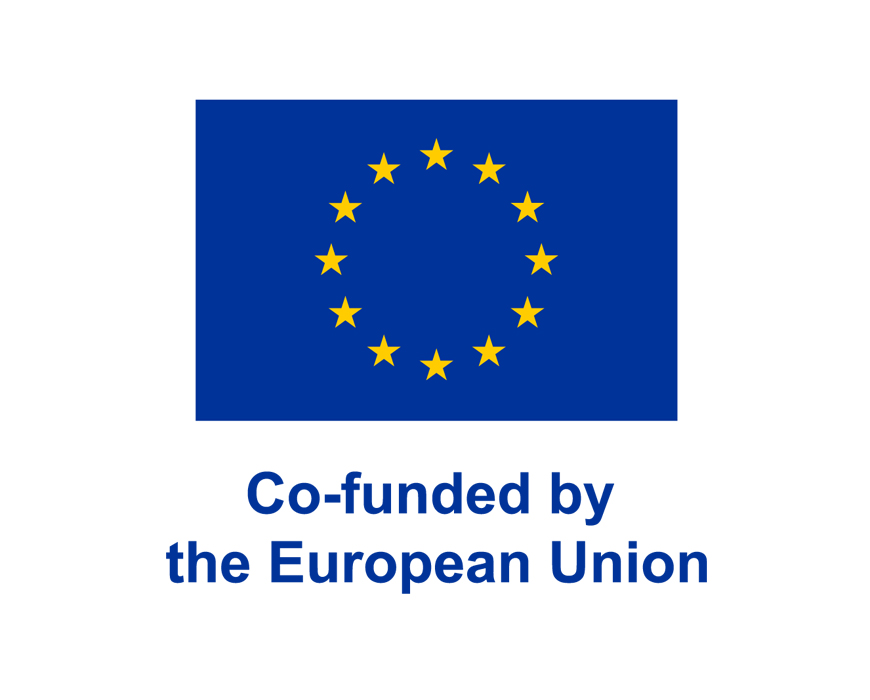At a glance
- The European alliance project BLOW aims to increase the potential of offshore wind energy at sites with medium wind speeds and water depths over 50 meters such as the Black Sea.
- To do so, the project partners are developing and installing a 5 MW demonstrator with a floating foundation at a new test field in the Black Sea.
- In addition, the scientists will also be designing and testing a turbine concept with a performance between 15 and 20 MW.
- Fraunhofer IWES is imparting its extensive expertise into various parts of the project, including the design of the floating foundation and the wind turbine as well as the analysis of the interaction between the power grid and the wind turbine with the help of a digital twin.
The challenge
The utilization of offshore wind energy offers great potential for clean energy production all around the world. However, flat sites with water depths up to 50 meters have been predominantly used until now so as to allow turbines to be installed on fixed foundations. The first pilot projects for deeper water employing floating foundations are now under way. These sites in the Atlantic Ocean off the coast of France and Norway experience high winds.
In the BLOW project, the project partners want to boost the wind potential in the Black Sea. The challenge lies in the combination of deep water and medium wind speeds. The aim of the project is therefore to develop and install a floating 5 MW demonstrator adapted to these conditions at a test field in the Black Sea.
The solution
In addition, the scientists will also design and test a turbine concept with a performance between 15 and 20 MW. This turbine should run so efficiently that electricity production costs can be kept below €87 per megawatt hour (€/MWh), with the further aim of reducing this to €50/MWh from 2028. In addition to the turbine design, BLOW therefore also comprises the development of an optimized operating concept aiming to cut the environmental impact of the installation, construction, and operation by 40 percent.
The added value
In the scope of the project, IWES will model a physically based electrical digital twin of the coupled mechanical and electrical floating wind energy system and the local power grid, which will make it possible to integrate, test, and, ultimately, verify grid-forming control methods with field data. The digital twin will be employed to study the interaction between the grid and the mechanical drivetrain in the event of electrical faults (fault ride through) and their response to the hydrodynamics of the floating system.
In addition, IWES will investigate the applicability of next-generation rotor blades by scaling the blades of the demonstrator up to future blade dimensions. As the blades of the future will be longer and more flexible, especially when designed for low-wind sites, the research will explore the limits of the scalability with regard to pre-bending, blade elasticity, and aeroelastic deformation during different operating conditions. Finally, the impact of the resulting blade frequencies and loads on the floating foundation design will be assessed.
More information on the project website:
